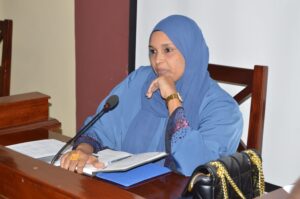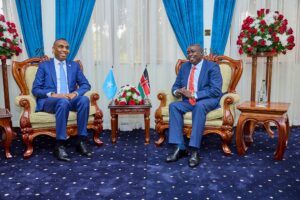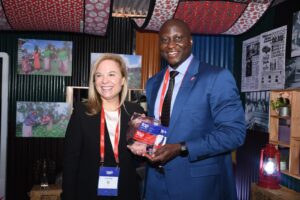Could PPPs be the cure to widen access to healthcare in sub-Saharan Africa?

- The drive to create expanded access for patients is also increasingly anchored on systematic public private partnerships -PPPs such as he Familia Nawiri initiative.
- The programme is Spearheaded by Christian Health Association of Kenya (CHAK) hospitals and Novartis to manage diabetes, hypertension, heart failure, breast cancer, epilepsy, eye diseases, sickle cell disease (SCD) and malaria.
By Racey Muchilwa
The sub-Saharan Africa (SSA) region faces unique challenges ranging from inadequate infrastructure to resource constraints in delivering health services to its population, especially to communities at the bottom of the economic pyramid.
To address these challenges, much is being done through forging and nurturing partnerships between corporate, public, and civil society to synergize efforts towards improving healthcare services in SSA.
The goodwill by governments has also enabled pharmaceutical companies to take up an active role in ensuring the SSA region is not excluded from accessing medicines and therapeutics.
However, over the past 20 years, addressing the major, unresolved global health challenges has evolved from purely donation-based programs, towards models with sustainable social impact.
The drive to create expanded access for patients is also increasingly anchored on systematic public private partnerships (PPPs) such as he Familia Nawiri initiative spearheaded by Christian Health Association of Kenya (CHAK) hospitals and Novartis to manage diabetes, hypertension, heart failure, breast cancer, epilepsy, eye diseases, sickle cell disease (SCD) and malaria.
The CARDIO4Cities initiative in Senegal has made significant inroads with an aim of increasing early detection of cardiovascular diseases and putting in place new clinical guidelines and data systems.
Within 18 months of the project’s duration, the percentage of patients with controlled blood pressure on medication tripled from 6.7% to 19.4%, while data captured grew from 470 to 6056 patients.
This data has provided more in-depth insights into a patient’s health and treatment, thereby placing healthcare providers in a better position to deliver high-quality care.
Partnerships in capacity building among healthcare workers have also helped widen access to healthcare.
For instance, the Familia Nawiri initiative in Uganda has partnered with the Uganda Catholic Medical Bureau (UCMB) and the Protestant Medical Bureau (UPMB) in Uganda to build the capacity of health workers as well as creating awareness about NCDs.
READ ALSO:President Kenyatta Roots For New Approaches To Financing Africa’s Covid-19 Recovery
This is aimed at strengthening health systems to tackle malaria, diabetes, hypertension, heart failure, breast cancer, SCD, epilepsy, and eye diseases.
In Ethiopia, the Tropical Health and Education Trust (THET) has strengthened NCD care across 60 medical facilities by training, mentoring, and supervising healthcare professionals and identifying key issues relating to treatment accessibility for NCD patients. This has reached over 500,000 patients across Ethiopia.
In Kenya, Malawi, and Nigeria, partnership with the Ecumenical Pharmaceutical Network (EPN) has helped to advance work in reducing the environmental impact of antibiotics, improving access to anti-infectives, building capacity of healthcare workers on the rational use of anti-microbials, and aligning channels for research and health information sharing.
In the ophthalmology space, Novartis’ partnership with Sight life, a Non-Governmental Organization, has helped create awareness about the importance of early screening in facilitating timely patient diagnosis and capacity building for primary eye health providers in rural areas.
This helps prevent the incidence of avoidable blindness, considering that up to 80 percent of blindness is preventable and treatable.
Purpose-driven partnerships such as these are fundamental to the overall success of players in the healthcare sector.
PPPs can create a common understanding around critical health needs, harness different strengths, and cultivate shared accountability between partners. The ultimate aim is to ensure that no one is left behind.
The writer is the Head of Novartis in sub-Saharan Africa.







